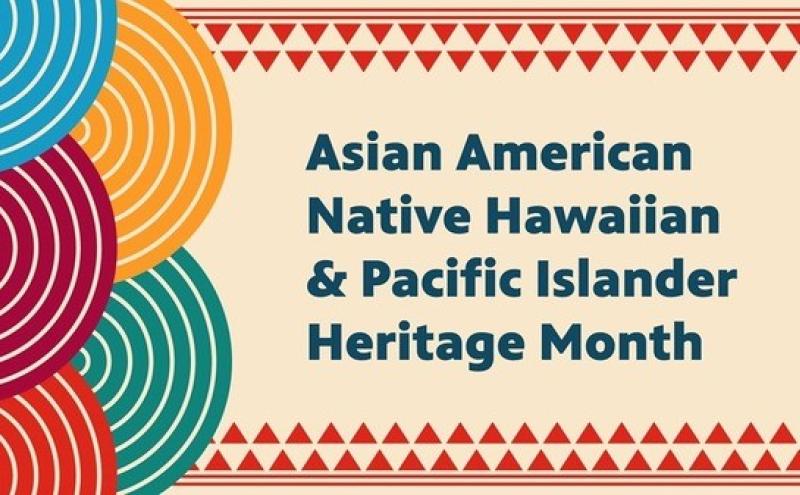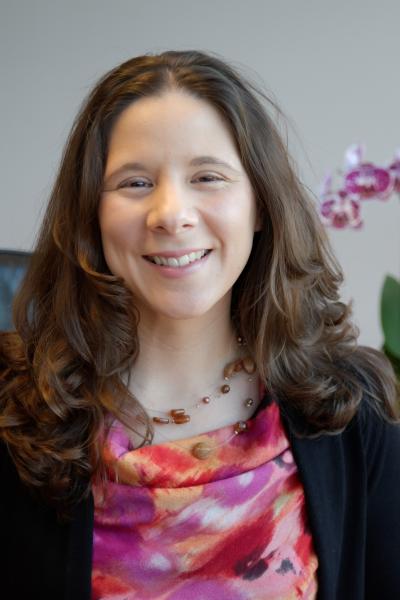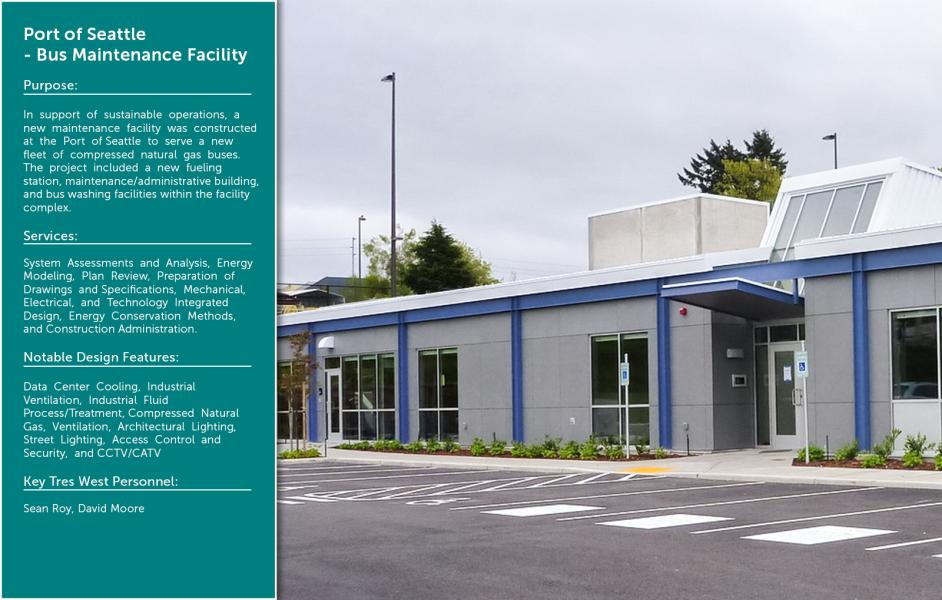
The Diversity in Contracting team is excited to celebrate Asian American Native Hawaiian Pacific Islander (AANHPI) businesses during the month of May by sharing the story of one of our Asian American-owned small business partners.
Jenifer Moore is President of Tres West Engineers, a mechanical/electrical engineering, and construction management firm that has worked as a subcontractor on a number of Port projects under different primes. She shared with us her story of how a networking event led to her first Port project, some very smart advice for other WMBE firms, her unique and touching perspective on AANHPI month, and so much more. We hope you enjoy learning about her and from her as much as our team did!
Background and Port Work

Please tell us about a little about yourself and your professional background, including why did you go into business for yourself?
In my 21 years of working in the Architecture, Engineering, and Construction field, I’ve had the opportunity to work on all sides of construction: the contractor, the government client, and the design team. This unique perspective enables me to understand each project’s overall vision and goals and to encourage collaborative thinking and solutions for success. This multi-faceted view and team outlook has led my career progression from project management to company management. I’m pleased to now be supporting my team in providing the best structure and environment to make a difference in energy management, affordable housing, and local economic growth.
Please tell us more about your company and the products /services you provide.
Tres West Engineers, Inc. has offered full mechanical and electrical engineering services, and construction management for over 46 years. Our team designs a wide variety of commercial facilities, for public and private clients, which include affordable housing, K-12 schools, multi-family housing, clinics, maintenance facilities, restaurants, and EV charging stations.
We also perform consulting services in noise mitigation, construction management, energy management, and sustainable design. Our staff includes professional engineers and designers with experience in facility condition assessments, engineering design, cost analysis, estimating, energy modeling, and construction services. The team holds several specialty certifications in energy management, sustainable design, and technical design such as RCDD, CEM, PE, CEA, PMP, LEED, and LC. With a staff of 19 people, we support projects of all scales.
What projects have you worked on at the Port? How did you secure those projects?
My first project with the Port of Seattle involved construction management support on the International Arrivals Facility, a $986M, 5 year build project. We met a prime at a networking event who liked our team’s experience and diversity certifications, and we were added to support the minority participation goals of the project.
The success of this project opened many new opportunities at the Port for our firm. I’ve stressed to our team that diversity goals are helpful in getting our foot in the door, but we must earn the subsequent invitations to be on other projects. Since that project, we’ve been awarded several noise mitigation design projects and Mechanical/Electrical IDIQ contracts with the Port with new prime partners. We are also continuing construction management services on the North Main Terminal Redevelopment Program.
Our diversity certifications have supported our teaming efforts and continue to help us find the best-fit client partners in gaining meaningful, long-term projects and business relationships. It’s our continued strategy to perform at the top of our game, supporting the needs of the project and our client partners.
Words of Advice
What are things you wished you would have known before you began government work?
Coming from a military construction background, I was already aware of the detailed level of paperwork and procedure that large government agencies can have. Still, the most surprising development area for me as a business owner has been in marketing.
The same level of detailed procedures that applies to project and portfolio documentation also applies to the processes of getting work with any government agency. Keeping track of project and professional experience and being able to present our firm’s portfolio clearly and concisely for project selection teams has been an art-meets-engineering experience.
What advice do you have for other WMBE/small businesses when it comes to finding opportunities and bidding for Port projects?
Be selective about the projects you target. Just like how primes target projects based on their strengths, as a subconsultant be choosy about your work. Consider your expertise, workload, and ability to complete the work to a high degree of success.
For consultants, be aware of various consulting rate processes, potential agency audits, and escalation factors over the contract term. Finally, review longer-term projects carefully to ensure you will be conducting profitable business over the life of the contract.
Also, keep to your strengths. In any project, be prepared to show that you belong at the table based on your qualifications, not your certifications. Diversity certifications can help get your foot in the door with primes at meet-and-greets and open networking sessions, but to gain the long-term benefit, you’ll need to show your skills. Don’t be pressed to take on something that is too much of a stretch. You want your experience with your client and government agencies to reflect your best.
What advice do you have for other WMBE/small businesses who have just secured their first Port project and are about to begin work?
As with any new work, review your contract carefully. Know not just the costs of doing the project, but review and include the budget for the ancillary items, such as badging and company set-up, training, project meetings, etc. All of those things are easily missed but can add up and break a budget. Working for the government is a detail-oriented endeavor. Be sure to read the specifics and know the full scope of the project.

Asian American Heritage
How do you and or your business celebrate AANHPI Month?
Asian American History Month is the same month in which Children’s Day is celebrated in Japan. My family and I have celebrated this special holiday every year by cooking traditional foods and sharing Japanese treats with the classrooms of our children. This gives us a fun opportunity to celebrate and share our heritage with others through gatherings and special foods.
How can people and organizations support AANHPI Month?
As a team building project, I once led our group in celebrating a series of special holidays based on the unique heritages of our team members, which included cultures from Japan, Hawaii, and Holland. We all shared recipes and cooked dishes, set-up decorations in the country’s theme, and played traditional games. It was a great way to spend time together, build relationships, and celebrate a little of what makes each of us special and unique. It was like being invited into each other’s culture and catching a new glimpse into each other's life and experiences. I would suggest something similar for Asian American History Month, and subsequent heritage months, to find a way to create an open space through a special experience to celebrate the unique backgrounds of the people of your organization.
What experiences have you had that are unique to being an Asian American business owner?
With one parent from Tokyo and the other from Texas, my family could be described as where East meets West. Blending the very different cultures of my family, while still maintaining the value and respect for each, has led me to view life through a cultural perspective.
Being humble enough to not just listen, but to hear someone and the different cultural perspective they may have, will bring a greater understanding of their meaning. Being genuinely open to hearing and understanding someone brings value to them, whether or not you agree with their opinion. By recognizing cultural influences on communication styles, mannerisms, politeness, etc. I have learned to see things not just from the perspective of my culture, but from the perspective of another’s culture which leads to true understanding, value, and respect.
What does Asian American History Month mean to you?
Every May, when the cherry blossoms arrive along with the warmth of Spring, my kids look forward to blanket picnics with homemade sushi and bento boxes under the boughs of a cherry tree. A Japanese tradition is to watch the blossoms for the perfect bloom and the weather for a moment of sunny early Spring weather to set up for a special picnic luncheon. The imagery of Japan often involves cherry blossoms and fittingly, May is Asian American History Month.
During this month, I’ve enjoyed celebrations and festivals of Asian heritage and a chance to share with my kids’ part of what is special about our family, to celebrate where they come from and to gain from knowing their heritage. Celebrating their own heritage teaches them also to appreciate the heritage of others and respect others’ unique cultures and perspectives. As the May cherry blossoms sway overhead, it’s peaceful and affirming to just be ourselves.





